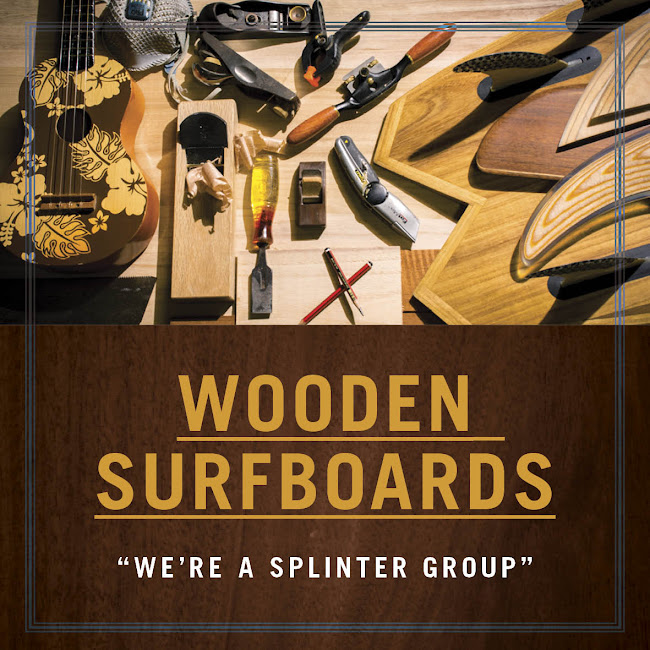Tasmania may well be the first home of surfing in Australia. The common theory is that surfing started at Freshwater Beach in Sydney with the arrival of Duke Kahanamoku and his exhibition of surfing during the summer of 1915. My grandfather was among the many people who went to watch the Duke surf after his much publicised arrival from Hawaii. A recent interview with David Montgomery (my chiropractor!) revealed that there were Australian surfers out in the water when the Duke gave his demonstration. Not to say that the Duke wasn't a big influence on surfing in Australia but it appears he was not the first to surf in Australia.
American whaling ships were turning up in Hobart for provisions from the very early days of the colony. Many early convicts’ only chance of leaving the colony was aboard an American whaler, whose crews were very sympathetic to their plight. Whaling ships were always short of crew as the work was extremely hard in very trying conditions and they were often at sea for up to five years. Mostly the crew were under twenty-five as the work was so tough anyone older could rarely keep up the pace of sailing the tall ship, chasing the whales in rowing boats and then processing the carcasses into oil.
Whaling ships were the space ships of their day, exploring areas of the world that no westerner had ever seen, in their relentless pursuit of whales for their precious oil. These ships stopped at many islands well before the missionaries brought their message and the custom of wearing clothes.
One of the first stops for whaling ships out of America was Hawaii. One of the activities that the young crew participated in was surfing. Surfing was a common recreation in the Hawaiian Islands with both men and women participating, usually with out wearing clothes! It is easy to see why crew though this was a good sport to get into, with girls riding the waves.
Early Hawaiian body boards were called "paipo", were only around 5' long and were made of solid wood. There are reports of surfing in Hawaii from the early 1830’s, about the same time that whalers were arriving in Hobart. There is probably little doubt that whaler crews would have carried boards with them when they arrived in Hobart. Bellerive beach was close to the anchorage, and has a long history of surfing. So it seems there was surfing in Tasmania from very early days.
Huon pine was used to build early surfboards in Hobart by Risby brothers. Risby brothers were a milling company established in 1844 and soon moved into hardware and shipbuilding. The time they started to make surfboards is unclear, but the model owned by David Montgomery dates from around 1930, when they were being advertised in the Mercury. David said the elderly gentleman he bought the board from in 1997 told him it belonged to his grandfather, which gives some substance to the early reports.
Whilst it is not certain where the Huon pine was sourced it is a good bet to say it came from the Huon Valley. The Maritime Museum in Hobart is holding an exhibition soon of early surfing equipment and the board from Risby brothers will be on display.
This is the Rigby board 3ft 6" long x 13 1/2" inches wide x 5/8" thick with 3" of nose lift and note the little Rigsby Bros bronze name plate on the deck.
There is also an interesting connection between Hawaii and Franklin (Tasmania) from very early days.Lady Jane Franklin was a regular visitor to Hawaii, perhaps when her husband John Franklin was off trying to discover the North West passage.Lady Franklin was a guest of Queen Liliuokalani at the royal palace in Honolulu on Oahu in the late 1800's, before the annexation by battleship of Hawaii by America in 1898.
Lady Franklin assisted the queen in designing the Hawaiian flag. The Hawaiian flag is the only state flag in the U.S. to have the union jack as part of the design. Did the remarkable Lady Franklin play some part in its presence in their flag? We will probably never know.





























No comments:
Post a Comment